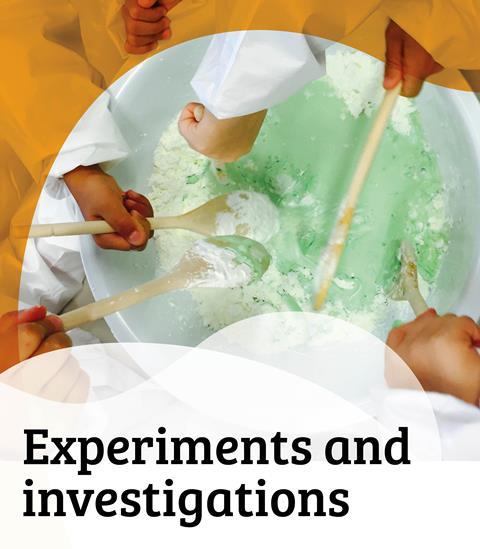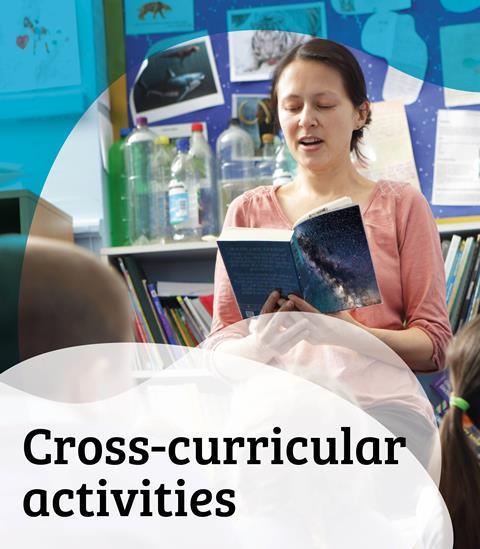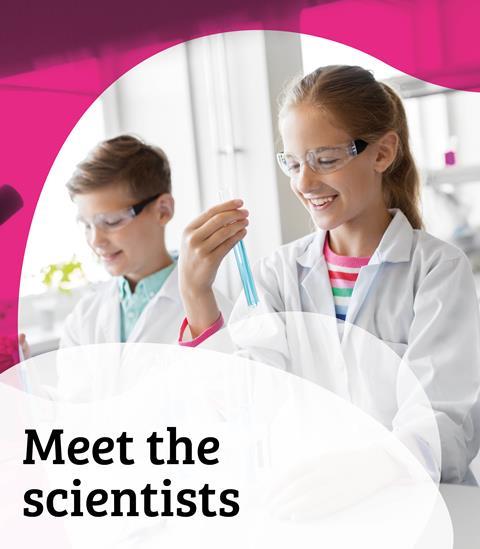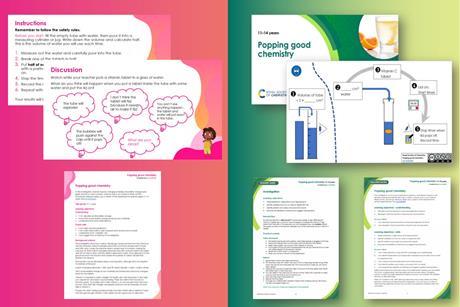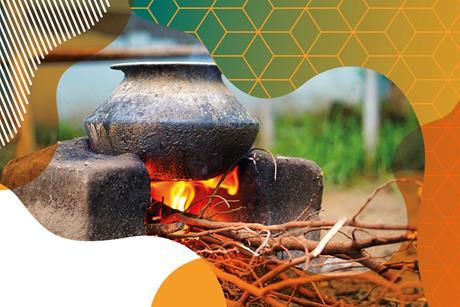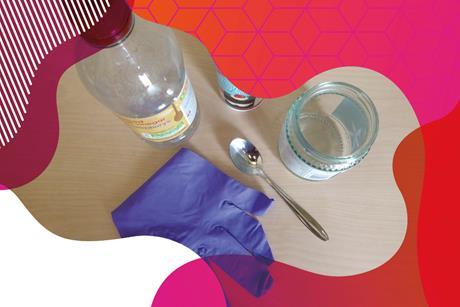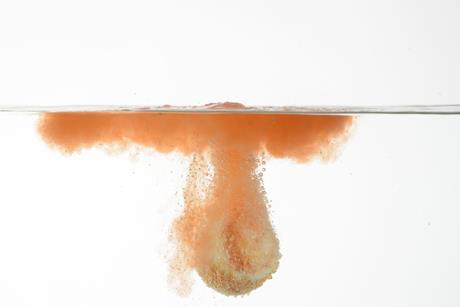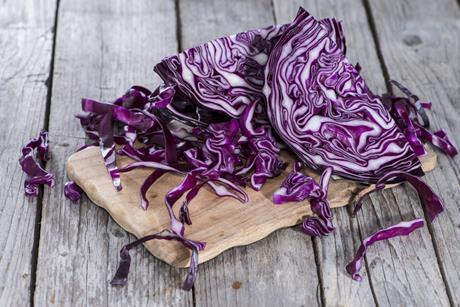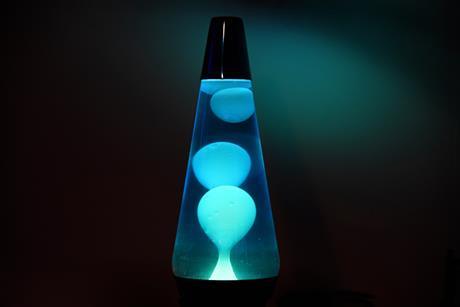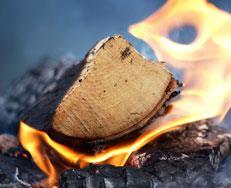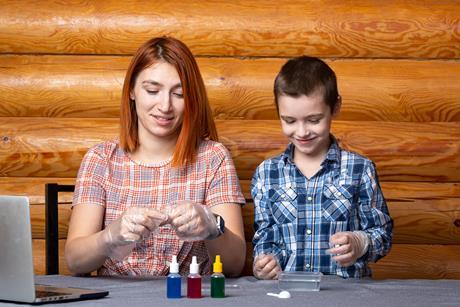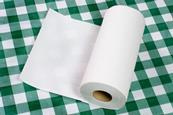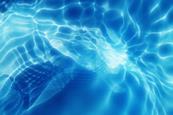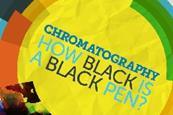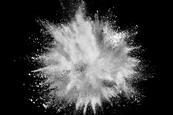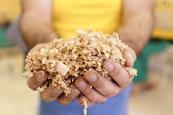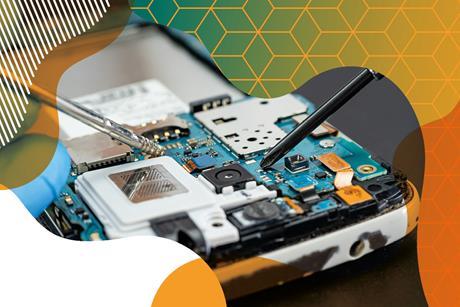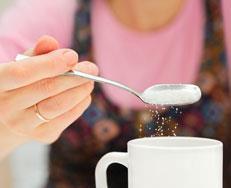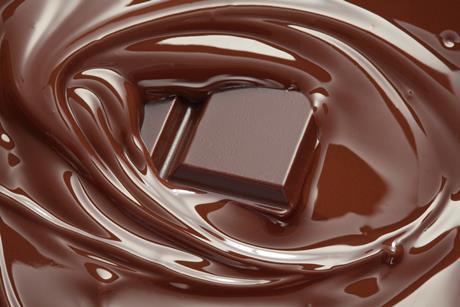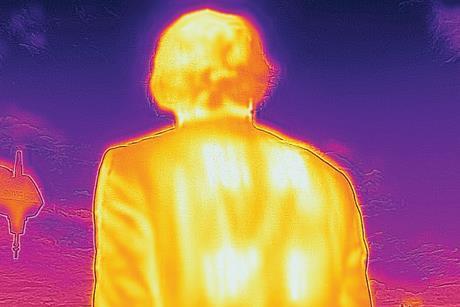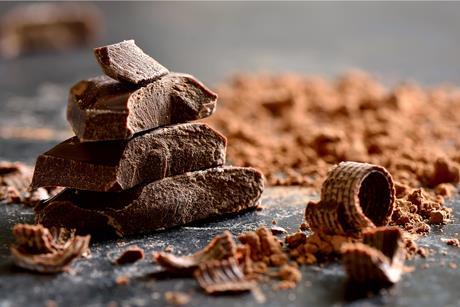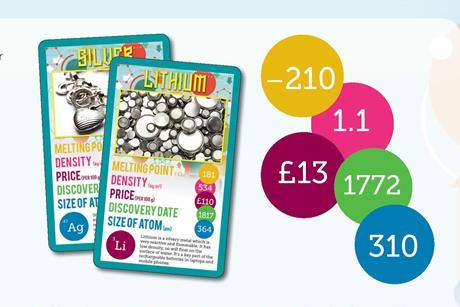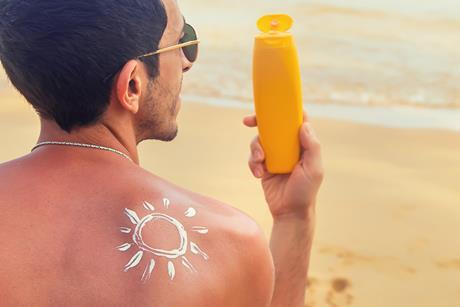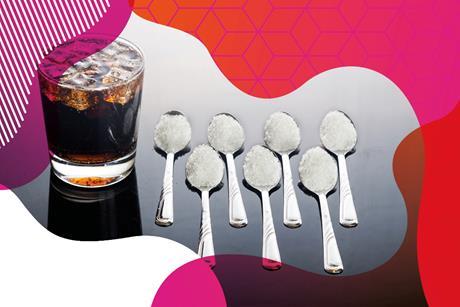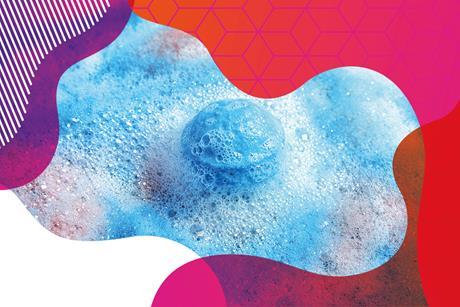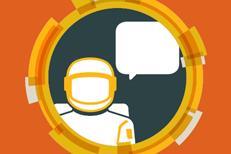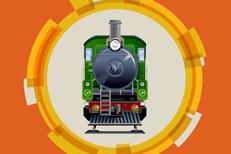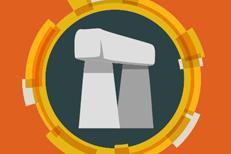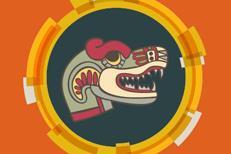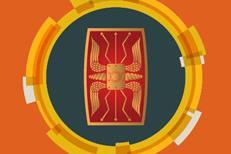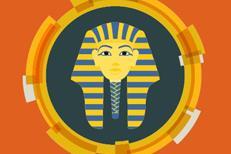Resources for teaching 9-11 years
Discover resources for teaching primary science to pupils aged 9-11 years.
Chemical changes
Popping good chemistry
Investigate simple chemical reactions, irreversible changes and gases around us with this exciting experiment
Pollutants produced by chemical changes | 9–11 years
Connect your curriculum teaching on chemical changes to engaging sustainability contexts. This topic web suggests classroom activities linked to plastic degradation and clean cooking.
Irreversible changes and the ‘freaky hand’
Try this investigation to get learners thinking about when an irreversible reaction produces a gas. Includes detailed teacher notes, classroom slides and a video demonstration.
Making bath bombs
Learn how to make fizzing bath bombs using ingredients from your kitchen cupboards. Includes a video aimed at learners, kit list, instructions and explanation
Red cabbage rainbows
In this activity, learners create rainbows using homemade red cabbage indicator paper. Includes video aimed at learners, kit list, instruction and explanation
Changing materials | Primary science video demonstrations
Material changes are demonstrated using fun examples: bouncy custard, bath bombs, burning candles, fire extinguishers, lava lamps and many more.
Burning: That’s Chemistry!
The ‘burning’ chapter from That’s Chemistry! This chapter looks at key ideas and activities that can be used to help students learn that when materials are burned new materials are formed, and that this process in not reversible.
Mixing and changing: primary science podcasts
Introduce your students to mixing and separating mixtures, and investigating reversible and irreversible changes with this short podcast.
Separating mixtures
Kitchen roll chromatography
Coloured inks can be a mix of a few different colours, and with chromatography, learners can actually see which colours come together to make that coloured ink. This experiment includes a kit list, and safety instructions.
Separation techniques
An experiment into separating solids from liquids, using a range of simple household objects. Includes kit list, safety instructions and a great instructional video
Separating mixtures | Primary science video demonstrations
Fun demonstrations of different mixtures, including racing liquids and rainbow colours.
Liquids | Primary science video demonstrations
Demonstrate the properties of liquids to primary learners, including: suspended ice, heavy sugar and the particle disco.
Chromatography: how black is a black pen?
Black never goes out of style, and with this experiment learners can explore what colours go into making black ink with chromatography
White powder mix-up at the factory
Learners create their own chemical investigative company, and solve the mystery of the white powder mix-up. Includes kit list, and safety instructions.
Water for survival | 11-16 years
Practical problem-solving investigation including filtration, distillation and temperature. Includes kit list and safety instructions.
Separating sand, sawdust and salt
Sand, sawdust and salt will mix in interesting ways, and learners will need to use all their chemical knowledge to separate them, ready for Mrs Johal’s next class. Includes kit list and safety instructions.
Materials
Decaying and materials in mobiles | 9–11 years
Connect your curriculum teaching on materials to engaging sustainability contexts. This topic web suggests classroom activities linked to the materials found in mobile phones and how different materials decay.
Mixing and dissolving materials: That’s Chemistry!
The ‘mixing and dissolving materials’ chapter from That’s Chemistry! This chapter looks at key ideas and activities that can be used to help students learn that mixtures are made up of more than one substance and that some mixtures can be separated.
Heating and cooling materials: That’s Chemistry!
The ‘heating and cooling materials’ chapter from That’s Chemistry! This chapter looks at key ideas and activities that can be used to help students learn how the properties of some materials change when they are heated, and that some of these changes are irreversible.
Kitchen chemistry: primary science podcasts
Join Kareena and her superhero friend K-mistry for this short podcast introducing children to irreversible changes
Insulation investigation
Which material makes the warmest jacket? Investigate the insulating properties of various materials with this activity for ages 7–14
Temper, temper: edible experiments
Why is tempering chocolate so important? Discover the importance of chemistry in everyday eating experiences with this edible experiment.
Elements Top Trumps
A fun way to introduce the elements in the periodic table.
Sunscreen and UV light
A fun demo to teach about UV light and the action/importance of sunscreen
Sustainability
Sustainability contexts for primary science
Find out how to teach science curriculum topics through engaging sustainability contexts. Our topic webs include suggestions for classroom activities that develop numeracy, literacy and scientific skills.
Pollutants produced by chemical changes | 9–11 years
Connect your curriculum teaching on chemical changes to engaging sustainability contexts. This topic web suggests classroom activities linked to plastic degradation and clean cooking.
Solids, liquids and gases
Dissolving, density and sugary drinks
Try this investigation to get learners exploring the mass of sugar dissolved in their favourite drinks, with detailed teacher notes, classroom slides and a video demonstration.
Fizzy irreversible changes and bath bombs
Try this investigation to explore irreversible reactions, with detailed teacher notes, classroom slides and a video demonstration.
Viscosity and ‘racing’ liquids
Try this investigation to get learners talking about properties of different liquids, with detailed teacher notes, classroom slides and a video demonstration.
Curriculum maps
England national curriculum guide: key stage 2 science
A linking document for primary science teachers in England, which maps Royal Society of Chemistry resources to statements from the key stage 2 science sampling framework, which aligns with the national curriculum science programmes of study.
Wales national curriculum guide: key stage 2 science
Use this document when planning schemes of work or when looking for resources that are related to specific national curriculum statements.
Scotland curriculum for excellence guide: early to second level science
A linking document for primary science teachers in Scotland, which maps Royal Society of Chemistry resources to experiences and outcomes from the Curriculum for Excellence.
English chemistry curriculum map
Use this map to get an overview of the English chemistry curriculum, from primary to undergraduate level.
Northern Ireland chemistry curriculum map
Plan your implementation and delivery of the Northern Irish chemistry curriculum, whether you teach at foundation phase or undergraduate level.
Science ideas webs
Space: science ideas webs
A web of suggested ideas for linking science with the topic space. You can learn history and science together with activities for different age groups.
The Victorians: science ideas webs
A web of suggested ideas for linking science with the topic the Victorians. You can learn history and science together with activities for different age groups.
The Stone Age: science ideas webs
A web of suggested ideas for linking science with the topic the stone age. You can learn history and science together with activities for different age groups.
Maya and Aztecs: science ideas webs
A web of suggested ideas for linking science with the topic the Maya and Aztecs. You can learn history and science together with activities for different age groups.
The Romans: science ideas webs
A web of suggested ideas for linking science with the topic the Romans. You can learn history and science together with activities for different age groups.
Ancient Egypt: science ideas webs
A web of suggested ideas for linking science with the topic Ancient Egypt. You can learn history and science together with activities for different age groups.



